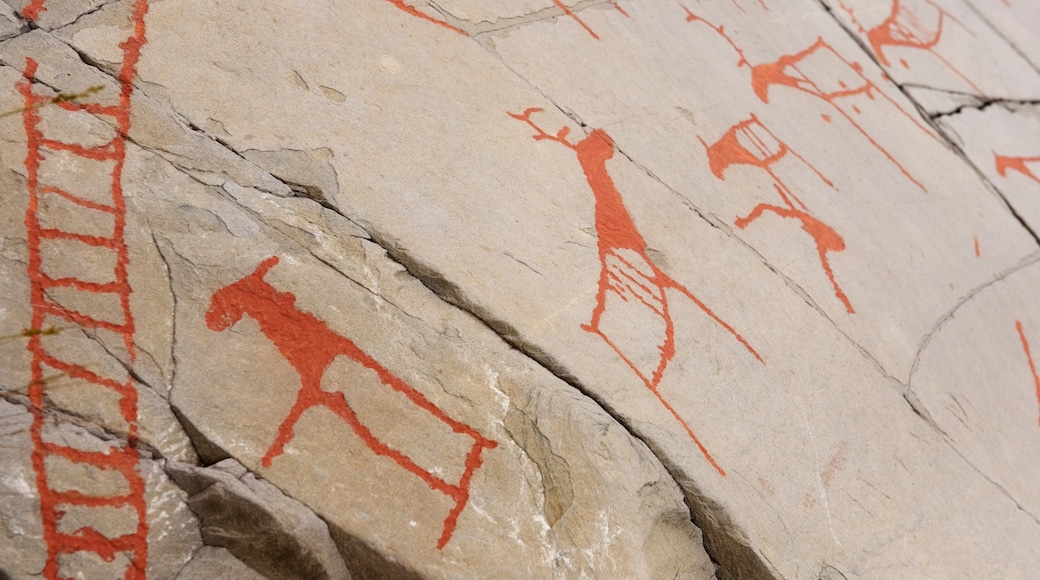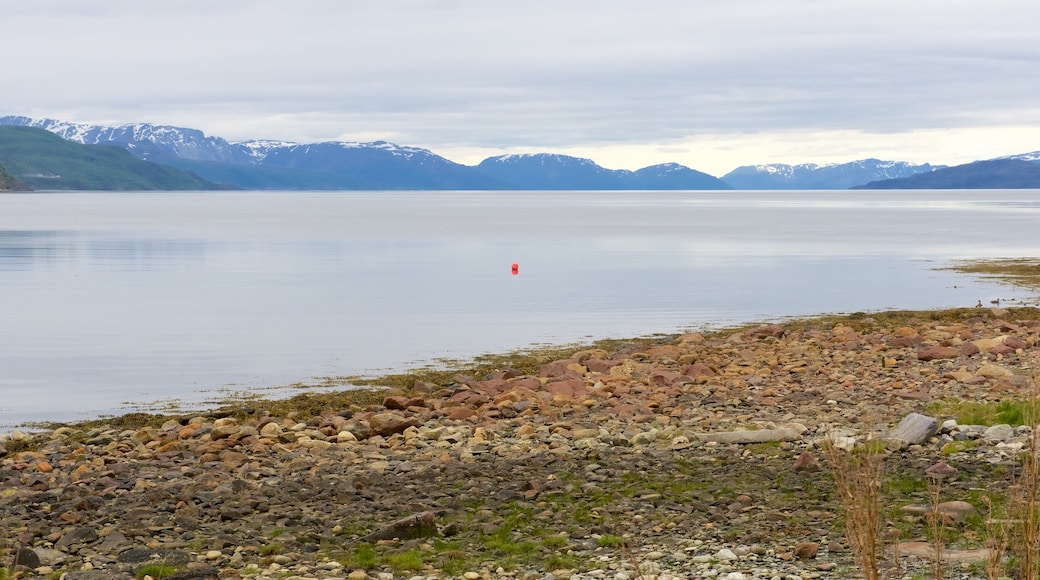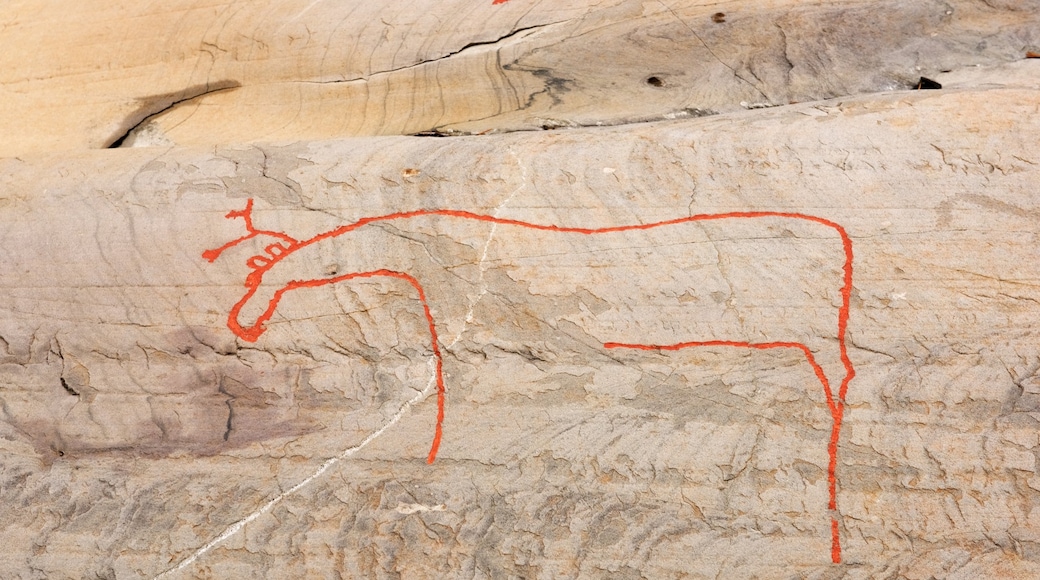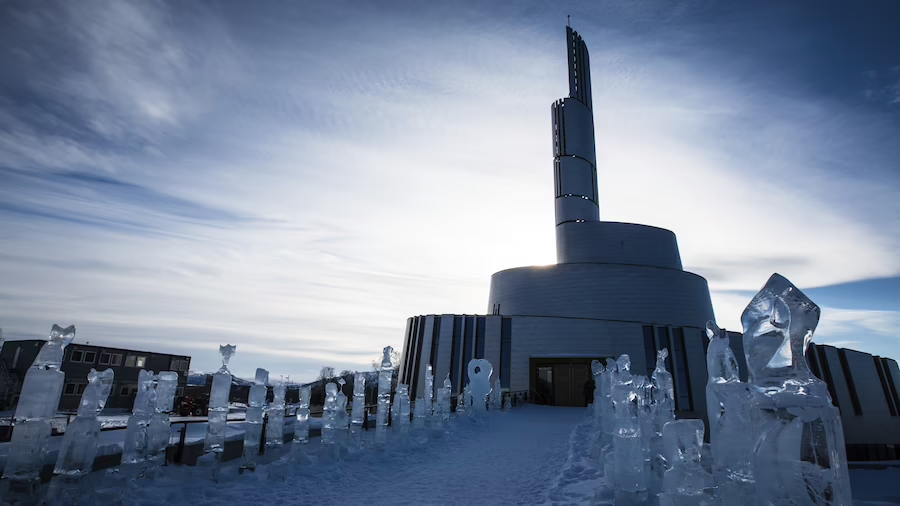Etched into huge sandstone rocks in the village of Hjemmeluft are the Alta Rock Carvings, thousands of paintings and engravings from a prehistoric era. Get a glimpse into the ancient lives of those who once lived in this part of Norway as you examine the carvings of people, animals and hunting scenes.
This huge collection of petroglyphs form part of a UNESCO World Heritage Site, which encompasses five open-air sites of rock paintings and engravings set around Alta Fjord. Alta Rock Carvings is the only one of these areas to be open to the public and it is managed by the Alta Museum.
Walk along the 1.8-mile (2.9-kilometer) system of paths that lead from the museum to the carvings. A guidebook explaining what you are seeing is included in the price of admission to the museum. Groups can also book guided tours in advance.
There are more than 3,000 engravings to see. They were created by hunter-gatherers between 2,000 and 7,000 years ago, and feature the beliefs, rituals and social lifestyles of Norway’s Stone Age ancestors.
Study scenes of processions, rituals, hunting, dancing and boat journeys. See representations of humans and such animals as whales, elks, bears and reindeer. The carvings tell researchers a lot about ancient hunter-gatherer societies in the Arctic.
Follow the paths back to the museum and check out some of its other exhibits. These include rock art boulders from several sites and a collection of medals and trophies won by Bjørn Wirkola, a former world champion ski jumper who was born in Alta.
Situated in Hjemmeluft, Alta Rock Carvings are less than a 10-minute drive from Alta, and parking at the museum is free. Alternatively, arrive by bus from the town center.
Due to winter snow cover, the rock carvings are only open from May to October, while the museum is open year-round. A single admission fee includes entry to the carvings and museum. Visit the museum’s official website for more information.






